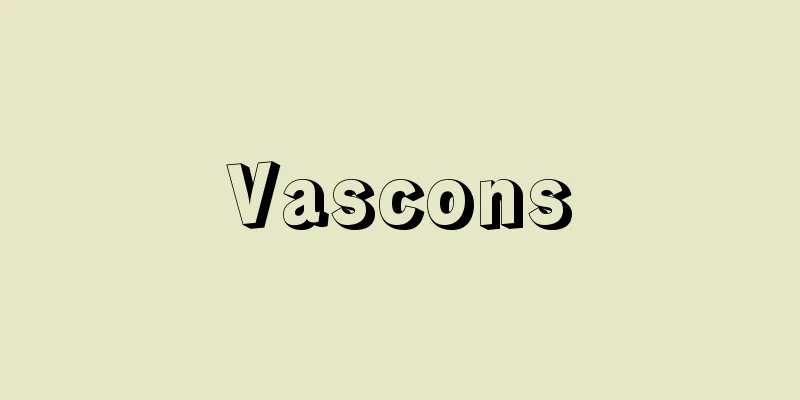Guidance - Guidance

|
In embryology, induction is a phenomenon in which the differentiation of a certain area (tissue) of an embryo is determined by the influence of adjacent areas (tissues). Induction is one of the most important concepts in embryology. A notable example is the phenomenon in which presumptive ectoderm is induced to differentiate into nerves by the influence of the organizer, but many other examples of induction are known. For example, the optic cup induces a lens in the epidermis in contact with it, and then the lens acts on the epidermis to induce the cornea. In this case, in the first induction, the optic cup is the inductive system and the epidermis is the reactive system, and in the second induction, the lens becomes the inductive system. It is known that induction occurs in multiple stages for many organs, and it is thought that normal differentiation in actual embryonic development is guaranteed by a chain of inductions. Although the nature of induction is still largely unknown, it is assumed that chemical substances such as proteins are important, or that it is important for the induction system to provide a specific physical environment for the reaction system. It is also known that induction does not occur unless the induction system and the reaction system are in close proximity, or in other cases. Induction does not occur if only the induction system is active; the reactivity of the reaction system is also important, and it is known that the reactivity of the epidermal optic cup to induction is highest when the two are in contact. Furthermore, many tissues have the ability to differentiate autonomously even if the induction system is experimentally removed, and in normal development, the induction ability of the induction system, the reactivity of the reaction system, and the autonomous differentiation ability appear in a time- and spatially-consistent manner, enabling orderly development. [Sadao Yasugi] [Reference] |Source: Shogakukan Encyclopedia Nipponica About Encyclopedia Nipponica Information | Legend |
|
発生学において、胚(はい)のある部域(組織)の分化が、近接する部域(組織)の影響によって決定される現象をいう。誘導は、発生学のもっとも重要な概念の一つである。 顕著な例としては、予定外胚葉が形成体からの影響によって神経への分化を引き起こされる現象があるが、そのほかにも多くの誘導の例が知られる。たとえば、眼杯はそれに接した表皮にレンズを誘導し、ついでレンズが表皮に作用して角膜を誘導する。この場合、最初の誘導では眼杯が誘導系で表皮が反応系であり、次の誘導ではレンズが誘導系になる。多くの器官について数次にわたる誘導が知られており、実際の胚発生は誘導の連鎖によって正常な分化が保障されていると考えられる。 誘導の本質についてはなお不明の点が多いが、タンパク質のような化学物質が重要である場合や、誘導系が反応系に対して特定の物理的環境を提供することが重要な場合などが想定されており、また誘導系と反応系がきわめて近接していないと誘導がおこらない場合や、そうでない場合が知られている。誘導は誘導系のみが活動的であればおこるのではなく、反応系の反応性も重要であり、表皮の眼杯の誘導に対する反応性は両者が接する時期にもっとも高いことが知られている。また多くの組織は実験的に誘導系を取り除いても自律的に分化する能力を備えていて、正常発生では誘導系の誘導能、反応系の反応性と自律分化能が時間的・空間的に整合的に出現することが、秩序正しい発生を可能にしている。 [八杉貞雄] [参照項目] |出典 小学館 日本大百科全書(ニッポニカ)日本大百科全書(ニッポニカ)について 情報 | 凡例 |
<<: Floating stick - Floating stick
Recommend
Karoku - Karoku
The Japanese era name (nengo). It was the era name...
Georgius
A young Roman officer and saint. Around 303, he w...
Émile Jacques‐Dalcroze
1865‐1950 Swiss music educator and composer born i...
Icon Worship Sect - Ikonreihaiha
... Iconoclasm in the Byzantine Empire was divide...
Vicious circle
〘 noun 〙 When something has a negative effect on a...
Ikuhomon-in
The first princess of Emperor Shirakawa. Her give...
Benzashi
It is a word passed down in Kyushu coastal village...
Nanjing Massacre
During the Second Sino-Japanese War, looting and ...
Konjo (English spelling) Prussian blue
In general inorganic pigments, it refers to blue ...
Obira mine
This mine was located in the Ogatacho area of B...
Buddhist service - Houe
A gathering related to Buddhism. It is also calle...
Xiangjiang River
The largest river in Hunan Province, China, and o...
Triptolemos (English spelling)
A hero in Greek mythology. He was the son of King...
Hormizd IV (English spelling)
…However, the kingship did not necessarily enjoy ...
History of Saint Louis
…a French nobleman from the Champagne region, aut...









